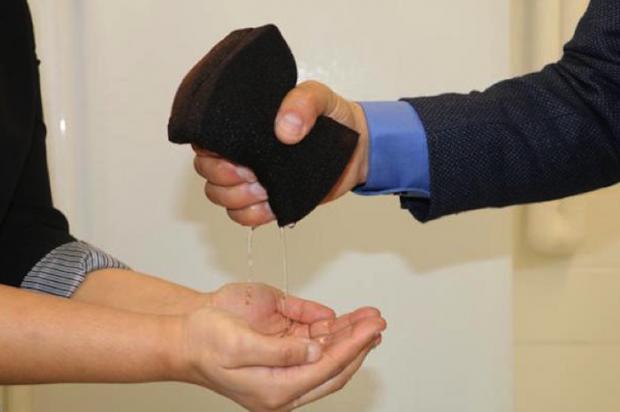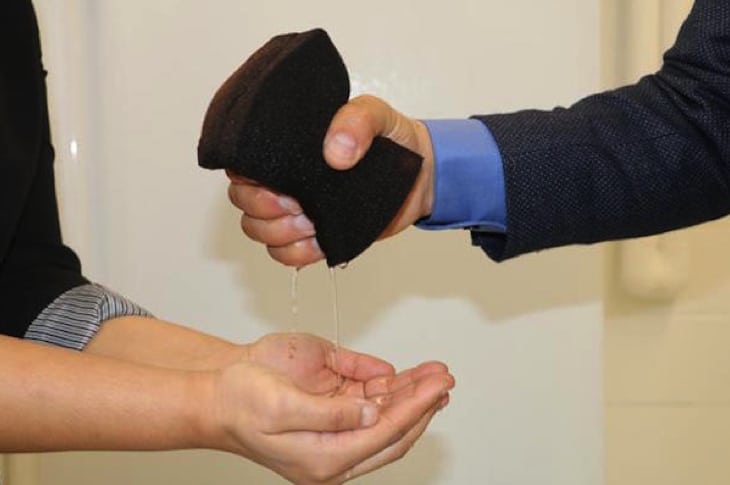
Breaking News
 Private Equity Plan to Steal Your Home.
Private Equity Plan to Steal Your Home.
 Comfy custom-fit saddle is 3D-printed according to data from your butt
Comfy custom-fit saddle is 3D-printed according to data from your butt
 WHO and EU Launch AI System To Monitor Social Media And Online "Misinformation" In Real T
WHO and EU Launch AI System To Monitor Social Media And Online "Misinformation" In Real T
 Why 'Mirror Life' Is Causing Some Genetic Scientists To Freak Out
Why 'Mirror Life' Is Causing Some Genetic Scientists To Freak Out
Top Tech News
 Future of Satellite of Direct to Cellphone
Future of Satellite of Direct to Cellphone
 Amazon goes nuclear with new modular reactor plant
Amazon goes nuclear with new modular reactor plant
 China Is Making 800-Mile EV Batteries. Here's Why America Can't Have Them
China Is Making 800-Mile EV Batteries. Here's Why America Can't Have Them
 China Innovates: Transforming Sand into Paper
China Innovates: Transforming Sand into Paper
 Millions Of America's Teens Are Being Seduced By AI Chatbots
Millions Of America's Teens Are Being Seduced By AI Chatbots
 Transhumanist Scientists Create Embryos From Skin Cells And Sperm
Transhumanist Scientists Create Embryos From Skin Cells And Sperm
 You've Never Seen Tech Like This
You've Never Seen Tech Like This
 Sodium-ion battery breakthrough: CATL's latest innovation allows for 300 mile EVs
Sodium-ion battery breakthrough: CATL's latest innovation allows for 300 mile EVs
 Defending Against Strained Grids, Army To Power US Bases With Micro-Nuke Reactors
Defending Against Strained Grids, Army To Power US Bases With Micro-Nuke Reactors
Scientists Just Created A "Super Sponge" That Can Remove Mercury From Water In Seconds

It takes just a few minutes to absorb the mercury from an entire lake.

Credit: Good News Network
Scientists from the University of Minnesota College of Food, Agricultural and Natural Sciences just invented a device that many are calling a "super sponge" that can absorb mercury from polluted water in a matter of seconds. With the many water crises occurring around the world, it's more important than ever to develop tools like this sponge to help combat a growing problem.
Though the problem seemingly plaguing U.S. citizens right now is lead being found in tap water, mercury in water is a viable problem as well. Just in the state this sponge was created in, Minnesota, two-thirds of the bodies of water on the Impaired Waters List were found to be primarily impaired by mercury contamination. This is significant and may now be a problem of the past if the sponge proves effective for large bodies of water. Several sources have cited this as an example:
"Think of it this way: if Como Lake in St. Paul was contaminated with mercury at the EPA limit, the sponge needed to remove all of the mercury would be the size of a basketball."
It's absolutely incredible that such a small tool could accomplish this in so little time. According to the study, it would take just a few seconds for the sponge to soak up the mercury in the tap water in someone's home, or as little as 5 minutes to remove mercury from industrial wastewater. With intense mercury absorption properties, the toxic chemical is attracted to the sponge, which then converts it into a non-toxic complex so that the sponge can be easily disposed of in a landfill. The sponge is also antibacterial and antimicrobial.

 SpaceX Heat Shield and Starship Mass Production
SpaceX Heat Shield and Starship Mass Production

